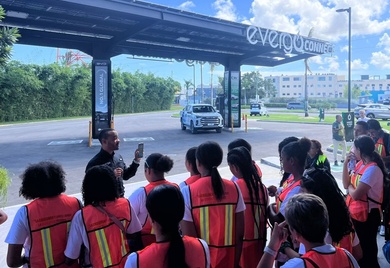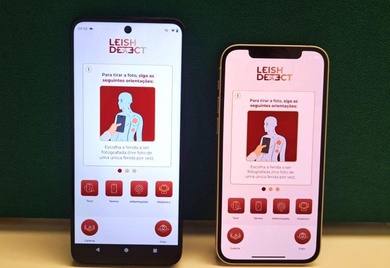Virtual Education: Challenges and Opportunities

The pandemic has generated unprecedented change in educational models, rapidly accelerating the development of virtual education. Although this development brings numerous opportunities to the Latin American and Caribbean (LAC) region to improve the training of children and young people, it also involves multiple challenges that must be faced.
In the first place, for an educational model in virtual or hybrid format to be effective, it is necessary to facilitate access to adequate technology and communications networks, especially in the most vulnerable contexts. According to our analysis on preparedness for online learning, less than 30% of vulnerable households in the Region have access to a computer at home for homework.
This analysis also indicates that less than half of the students in rural areas of countries such as Mexico, Colombia, Peru or Panama have access to the Internet at home. Therefore, closing the connectivity gap, especially for low-income students, is key to successful hybrid or virtual education models.
As identified in the report Possible transformations in health, education and work through digitization in emerging from the pandemic in Latin America and the Caribbean, another great challenge for virtual education is the need to train educators. The document points out that, in the region during the pandemic, barely half of educators said they were able to perform basic computer application tasks and, even at the university level, three out of four teachers did not feel equipped to incorporate digital technologies into their curriculum.

Last but not least, it is worth highlighting the obstacles that students face in virtual or hybrid education models. In the same way as teachers, students must be able to access new technologies and learn to use them. This is a model that generates greater self-demand on the part of the student, time management and the ability to concentrate on a certain task become key in this type of education, in which teachers currently maintain a lower capacity for direct supervision.
It is therefore key that virtual or hybrid education systems are accompanied by new models of management and monitoring of the evolution of students, especially for those with greater learning difficulties. This may also help avoid the feeling of isolation that in some cases students have to face under virtual models, in which the relationship with teachers and classmates is much more limited.
Although the challenges are still great, virtual and hybrid education are also generating great opportunities to reduce gaps and improve inclusion. The flexibility provided by virtual models allows students with little availability of time, limited schedules or resources, to access any specific training that is of interest to them. This creates countless training possibilities specifically for the labor market.
On the other hand, with regard to early childhood education, virtual and hybrid education can help reduce the gap in access to quality education in rural areas where there are few trained teachers. Good technology and internet connection offers access to endless educational resources.
Therefore, despite the fact that there are still some challenges regarding the improvement of virtual educational systems, it is clear that this educational model is also bringing with it multiple benefits that can allow LAC countries to make a qualitative leap in educational quality.
(You can read the full report "Hacia una educacion 4.0: 10 módulos para la implementación de modelos híbridos," in Spanish, here)
LIKE WHAT YOU JUST READ?
Subscribe to our mailing list to stay informed on the latest IDB Invest news, blog posts, upcoming events, and to learn more about specific areas of interest.
Subscribe



